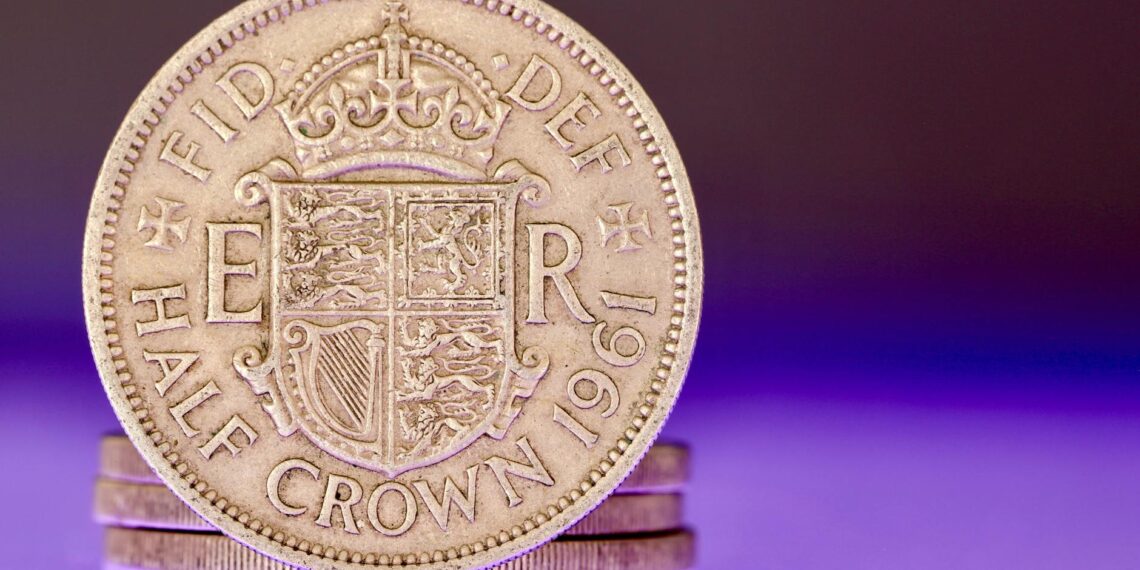The earliest known minted coins originated in the ancient kingdom of Lydia , located in present-day Turkey. Historical accounts and archaeological evidence suggest this development occurred around 600 BCE, or potentially earlier, during the reign of King Alyattes.
These early coins were not made of pure gold or silver, but from electrum , a naturally occurring alloy of gold and silver readily available in the Pactolus and Hermus rivers in Lydia. This natural alloy was chosen despite variations in its gold content, which created uncertainty in value.
The first Lydian coins were relatively simple, featuring a design on one side only. They were produced using a technique involving a die, a metal blank, and a hammer blow, resulting in an image on one side and a punch mark on the other. A roaring lion’s head, symbolizing the Lydian kings, was a common motif on these early coins, known as “Lydian Lions”.
The introduction of coinage marked a significant shift in economic practices, moving beyond bartering with goods and facilitating trade and the storage of wealth in a standardized and portable form. The state-backed guarantee of a coin’s weight and purity provided a level of trust in transactions that was previously lacking.
While some scholars point to potential independent origins of coinage in other regions like Ionia or China, the Lydian electrum coins are generally recognized as the first official, government-issued currency. These early coins from Lydia paved the way for the development of coinage in the ancient Greek world and beyond.









When was the first 1 coin minted?
Sovereign coins were first struck in 1489 for Henry VII. In 1817, following the Great Recoinage, gold Sovereigns were reissued as legal tender with a face value of one Pound. As such, the Sovereign is regarded as the original one Pound coin.